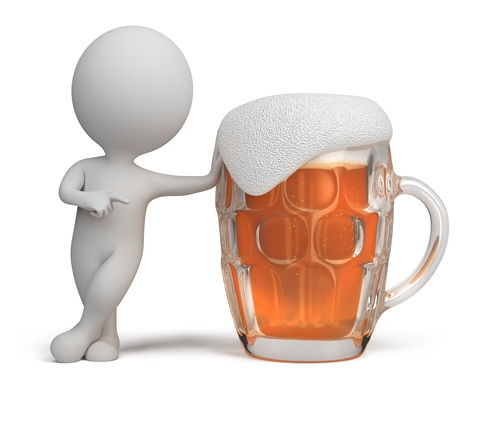 On Friday November 2, 2012 the Supreme Court released two decisions which had been long awaited: R v St-Onge Lamoureux, 2012 SCC 57; R v Dineley, 2012 SCC 58. While the decisions deal with different issues (constitutionality of 258(1)(c), (d), (d.01) and (d.1) in the case of the former and the retrospectivity of those provisions in the case of the latter) they are linked and both have a notable impact on “over 80” prosecutions.
On Friday November 2, 2012 the Supreme Court released two decisions which had been long awaited: R v St-Onge Lamoureux, 2012 SCC 57; R v Dineley, 2012 SCC 58. While the decisions deal with different issues (constitutionality of 258(1)(c), (d), (d.01) and (d.1) in the case of the former and the retrospectivity of those provisions in the case of the latter) they are linked and both have a notable impact on “over 80” prosecutions.
In St-Onge Lamoureux the majority, authored by Deschamps J, struck out the second and third prong of the 258(1)(c) presumption as set out in Bill C-2 passed in July 2008. In Dineley – which will be the subject of a later post – the majority, also authored by Deschamps J, held that those same amendments – as they stood after St-Onge Lamoureux – did not apply retrospectively.



